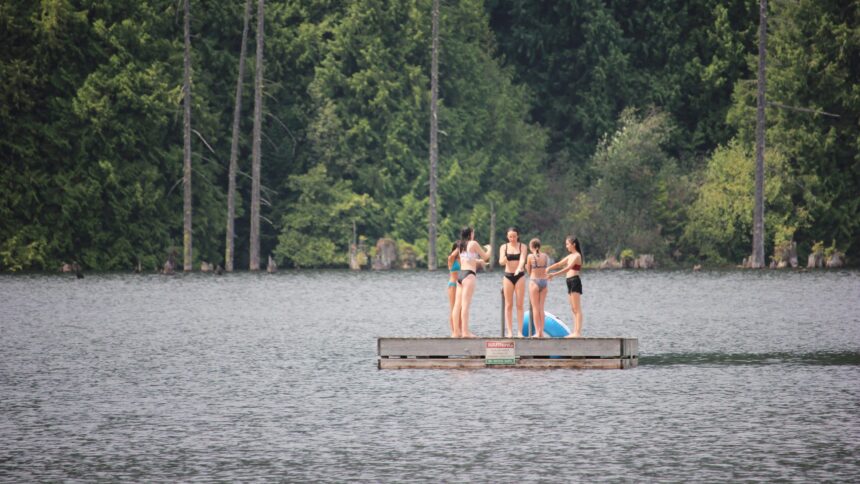In a sobering reminder of water’s hidden dangers, Vancouver Island recorded 23 drowning deaths in 2023—a statistic that has prompted Island Health officials to issue urgent water safety warnings as warmer temperatures arrive. This troubling figure represents a significant portion of British Columbia’s annual drowning fatalities, highlighting a regional safety concern that demands immediate attention.
“Each of these deaths was preventable,” says Dr. Murray Fyfe, Medical Health Officer at Island Health. “What makes these statistics particularly heartbreaking is that most drownings occur during recreational activities when people are supposed to be enjoying themselves.”
The data reveals a disturbing pattern: nearly 80% of drowning victims on Vancouver Island were male, with the majority of incidents occurring in natural bodies of water such as lakes, rivers, and ocean environments. Most concerning to public health officials is that alcohol or substance use was a contributing factor in approximately one-third of these fatalities.
The tragic numbers have mobilized a coordinated response from local health authorities and water safety organizations. The Lifesaving Society of BC reports that drowning remains the third leading cause of unintentional death among Canadians, with children under five and men aged 15-44 at particularly high risk.
“We’re seeing a dangerous combination of overconfidence, underestimation of water conditions, and impaired judgment,” explains Dale Miller, Executive Director of the Lifesaving Society BC & Yukon Branch. “The unpredictable nature of Vancouver Island’s waterways—with their strong currents, sudden drop-offs, and cold water temperatures—creates hazards even for experienced swimmers.”
Island Health has launched a comprehensive water safety campaign targeting residents and tourists alike. The initiative emphasizes four critical prevention strategies: supervision, lifejacket use, sobriety while engaging in water activities, and swimming skills development.
“A properly fitted lifejacket is the single most effective tool for preventing drowning,” notes Constable Sandra Marleau of the RCMP Marine Unit. “Yet we consistently find that adults, particularly men, resist wearing them due to discomfort or perceived invulnerability.”
Local municipalities are responding to the crisis by enhancing safety measures at popular swimming destinations. Victoria and Nanaimo have increased lifeguard presence at designated swimming areas, while Port Alberni has installed additional emergency equipment at lakes within city limits.
For Indigenous communities on Vancouver Island, who have deep cultural connections to local waterways, targeted education programs are being developed that incorporate traditional knowledge with contemporary safety practices. These culturally sensitive approaches aim to reduce disproportionately high drowning rates in these communities.
The economic impact of drownings extends beyond the incalculable human cost. According to health economists, each drowning death represents approximately $3.2 million in direct and indirect costs to society, including emergency response, healthcare, lost productivity, and legal proceedings.
As summer approaches, health officials stress that prevention requires a community-wide effort. Parents are urged to enroll children in swimming lessons, recreational boaters must ensure proper safety equipment is aboard and functional, and all water users should check conditions before entering any body of water.
“We need to shift our cultural attitude toward water safety,” Dr. Fyfe emphasizes. “Understanding that powerful bodies of water demand respect isn’t being fearful—it’s being intelligent.”
As Vancouver Island residents prepare for another season of water activities, the question remains: How can we collectively transform these sobering statistics into a catalyst for behavioral change that prevents future tragedies?










